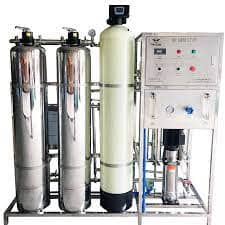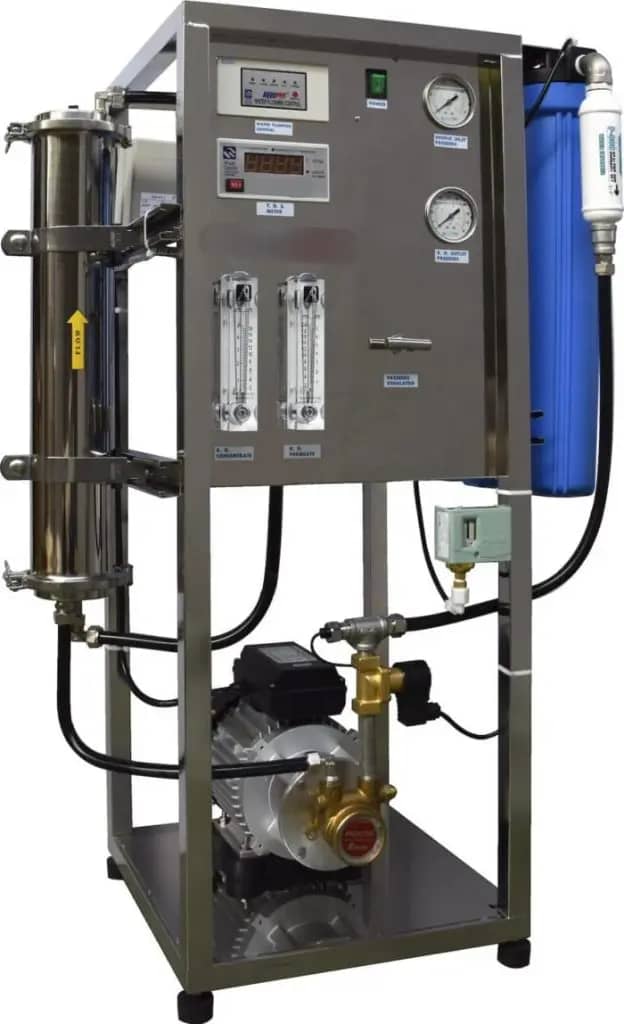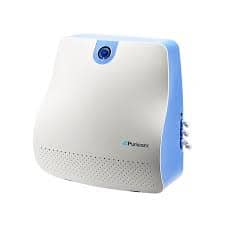Description
Ro Water Plant
If you’re in the market for a new water filtration system, you may have come across RO water plants. But what are they, and how do they work? In this article, we’ll cover everything you need to know about RO water plants, including their benefits, how they work, and what to look for when shopping for one.
What is an RO Water Plant?
RO stands for “reverse osmosis,” which is a process that removes impurities from water. An RO water plant is a filtration system that uses this process to purify water.
Benefits of an RO Water Plant
There are many benefits to using an RO water plant:
- Removes impurities: An RO water plant can remove impurities such as minerals, bacteria, and chemicals from water.
- Improves taste: Because an RO water plant removes impurities, the water it produces has a clean, fresh taste.
- Saves money: An RO water plant can save you money over time by reducing the need to buy bottled water.
- Eco-friendly: Using an RO water plant is more eco-friendly than buying bottled water, as it reduces plastic waste.
How Does an RO Water Plant Work?
An RO water plant works by using a semi-permeable membrane to remove impurities from water. The membrane allows water molecules to pass through, but blocks larger molecules such as minerals, bacteria, and chemicals.
The process works by applying pressure to the water, which forces it through the membrane. The purified water is collected on one side of the membrane, while the impurities are collected on the other side.
What to Look for When Shopping for an RO Water Plant
When shopping for an RO water plant, there are several factors to consider:
- Capacity: Consider how much purified water you need per day and choose a system that can handle that capacity.
- Efficiency: Look for a system that is efficient and doesn’t waste water.
- Maintenance: Consider the maintenance requirements of the system and how easy it is to maintain.
- Price: Compare prices of different systems and choose one that fits your budget.
How to Choose the Right RO Water Plant for You
When selecting an RO water plant, it’s important to consider the following factors:
1. Water Quality
The quality of the water in your area is a crucial factor when selecting an RO water plant. The quality of the feed water can impact the performance and lifespan of the RO membrane. Water with high levels of impurities may require pre-filtration to prevent damage to the membrane.
2. System Capacity
The capacity of an RO water plant refers to the amount of purified water it can produce per day. The capacity you need will depend on your household’s daily water consumption. Choose a system that can handle your daily requirements without overloading the system.
3. Water Efficiency
RO water plants use a significant amount of water in the purification process. Look for a system that has a high recovery rate, which means it can produce more purified water with less waste. Efficient systems can save you money on your water bill.
4. Installation and Maintenance
Look for a system that is easy to install and maintain. Some RO water plants require professional installation, while others can be installed by the homeowner. Check the maintenance requirements of the system and ensure that replacement parts are readily available.
Types of RO Water Plants
There are several types of RO water plants available on the market, including:
1. Under-Sink RO Water Plants
Under-sink RO water plants are installed under the kitchen sink and are designed for home use. They are compact and produce enough purified water for a small family.
2. Commercial RO Water Plants
Commercial RO water plants are designed for larger-scale water purification, such as in hotels, hospitals, and manufacturing plants. They have a higher capacity and can produce a larger volume of purified water.
3. Portable RO Water Plants
Portable RO water plants are ideal for travelers and outdoor enthusiasts. They are compact and lightweight, making them easy to transport. They can be used to purify water from lakes, rivers, and other natural sources.
Conclusion
RO water plants are a great choice for anyone looking for a high-quality water filtration system. They offer many benefits, including removing impurities from water, improving taste, and being eco-friendly. When shopping for an RO water plant, consider capacity, efficiency, maintenance, and price.
FAQs
1. How often should I change the filter in my RO water plant?
It’s recommended to change the filter in an RO water plant every 6-12 months, depending on usage.
2. Is an RO water plant easy to install?
Most RO water plants are easy to install, and many come with installation instructions. If you’re not comfortable installing the system yourself, you can hire a professional to do it for you.
3. Can an RO water plant remove fluoride from water?
Yes, an RO water plant can remove fluoride from water.
4. Is the purified water from an RO water plant safe to drink?
Yes, the purified water from an RO water plant is safe to drink.
5. Can an RO water plant remove viruses from water?
While an RO water plant can remove some viruses from water, it’s not 100% effective against all types of viruses. It’s still recommended to use a separate virus filtration system for added protection.








Aqua Filter –
I recently had a water filter installed by Aquaafilter, and I couldn’t be happier with the results. The water tastes amazing, and I feel confident that I’m drinking clean, safe water.